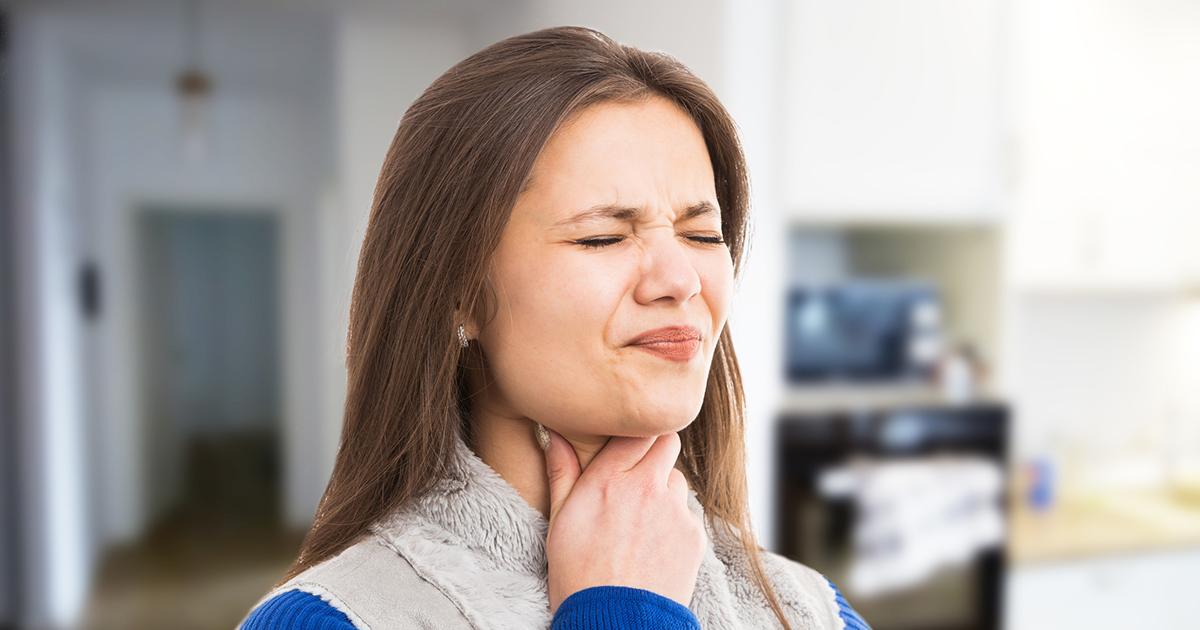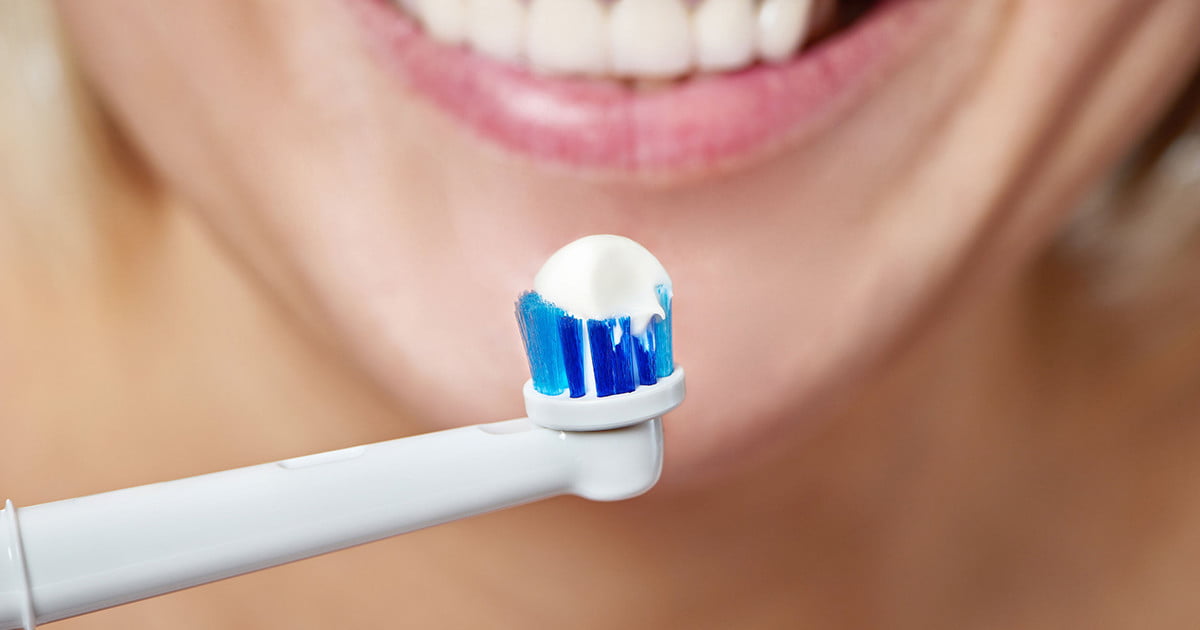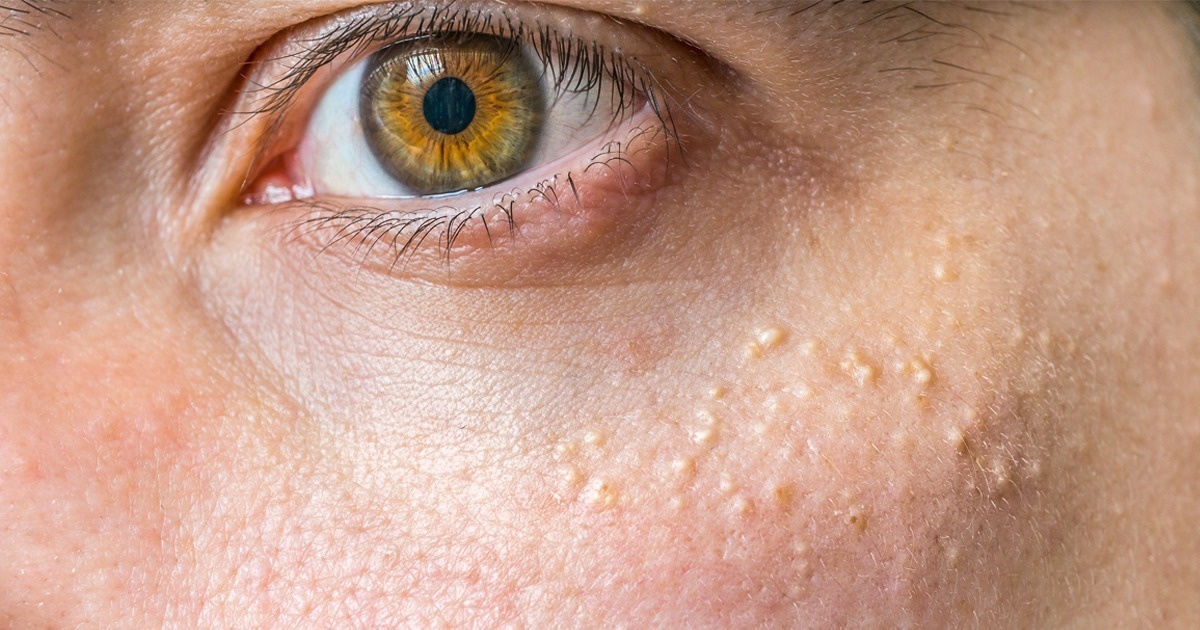Varied Symptoms Of Epidermolysis Bullosa
Epidermolysis bullosa is a condition in which the skin is extremely fragile and frequently blisters. Blisters may form due to rubbing, scratching, the use of tape on the skin, and exposure to heat. Most cases of this condition are inherited, and symptoms typically present in infancy and childhood. Sometimes, symptoms may not appear until adolescence or adulthood. Epidermolysis bullosa can vary in severity, and patients with mild forms normally find that their symptoms improve as they get older. To diagnose epidermolysis bullosa, doctors can perform prenatal testing and genetic testing. Patients who have blisters may need a skin biopsy of the affected area to confirm the diagnosis. Since epidermolysis bullosa has no cure, treatment focuses on relieving pain and reducing the risk of complications.
The symptoms outlined below are some of those patients with epidermolysis bullosa frequently experience.
Dysphagia

Dysphagia refers to swallowing difficulties, and these are usually experienced by patients with the Hallopeau-Siemens type of autosomal recessive dystrophic epidermolysis bullosa, one of the most severe forms of the disease. For patients with this form of the condition, swallowing issues develop as blisters form in the mucous membranes throughout the body, including the mouth, throat, and digestive tract. Once the blisters burst, scars are left behind, and these make chewing and swallowing painful. Patients with swallowing difficulties often become malnourished, and children with this symptom may grow at a slower rate than what is considered normal for their age group. Swallowing is usually most difficult with solid foods, so patients who have difficulty with this may wish to use meal replacement drinks or other high-calorie drinks if eating is painful. In some cases, patients can be taught different head or neck positions that can ease swallowing, and doctors can recommend soft foods and other dietary changes that may improve nutrition.
Uncover more symptoms of epidermolysis bullosa now.
Tooth Decay

Patients with epidermolysis bullosa face a higher risk of tooth decay. This is because their tooth enamel, the substance that protects and strengthens teeth, may be weakened and improperly or incompletely formed. To prevent decay, these patients should have more frequent professional dental cleanings and checkups, and they should also avoid acidic foods and drinks. Flossing at least once per day and brushing twice per day with a fluoride toothpaste are both recommended. Some patients have found drinking alkaline water after meals may help. For extra protection, patients may wish to use mouthwash and an electric toothbrush. Tooth decay can be identified by dental professionals through an exam and x-rays, and patients who have tooth decay will need to have fillings to treat this. If left untreated, tooth decay can lead to tooth loss, and this may make any existing swallowing problems or undernourishment worse.
Get more information on the warning signs linked to epidermolysis bullosa now.
White Bumps On The Skin

Patients with epidermolysis bullosa may sometimes observe white bumps on the skin. Also known as milia, these bumps form as blisters are healing. Milia are particularly common in babies and young children and can occur at any age. They develop when small flakes of skin are trapped in tiny pockets close to the skin's surface. While the bumps are normally seen on the face and around the eyes, patients with epidermolysis bullosa can have them anywhere on the body where blisters have formed. These bumps typically go away on their own and do not require medical treatment. To reduce the risk of milia, patients with epidermolysis bullosa should protect their skin as much as possible to reduce the formation of blisters. Keeping the skin moisturized and avoiding scratching the skin can reduce blistering and milia. Some patients may wish to wear gloves at night to prevent the scratching that can lead to milia, and covering hard surfaces with blankets or other soft items can be beneficial too. Doctors also recommend keeping the home environment at a cool temperature and wearing clothing that is as soft as possible.
Continue reading to reveal more epidermolysis bullosa symptoms now.
Blisters In The Mouth And Throat

Blisters in the mouth and throat are most often seen in the more severe forms of epidermolysis bullosa. The blisters may form in the digestive tract, too, and this can make it very difficult to eat and receive adequate nutrition. Without sufficient nourishment, patients may develop anemia, and wounds may heal more slowly than they should. Children who cannot eat enough due to blisters in the mouth and throat may have delayed growth, and some patients also experience constipation due to eating problems. The blisters may be very painful, and doctors may prescribe pain relievers to help with symptom management. In particularly severe cases of malnutrition due to blisters, patients may need to have a feeding tube inserted. This involves a minor surgical procedure in which a gastrostomy tube is placed directly into the stomach so a high-calorie formula can be administered. To ease the pain of mouth and throat blisters, patients may wish to avoid hot food and drinks; consuming these items cold, at room temperature, or lukewarm may be more comfortable.
Learn more about the symptoms of epidermolysis bullosa now.
Scarring Alopecia

Scarring alopecia results in hair loss along with blisters and scars on the scalp. This type of alopecia can cause the scalp to be very painful, and patients may experience a burning sensation. The scalp is often very itchy as well. In the early stages of this form of alopecia, inflammatory cells are often present near the hair follicles. Some researchers believe this inflammation is responsible for the loss of hair seen in epidermolysis bullosa. However, other dermatologists counter that biopsies of affected areas sometimes have very little inflammation. Corticosteroids, isotretinoin, antibiotics, and anti-malarial drugs are commonly recommended to treat scarring alopecia. For patients with particular types of this condition, drugs such as methotrexate and cyclosporin may be appropriate. Patients with epidermolysis bullosa who notice thinning patches of hair or blisters on their scalp may wish to see a dermatologist as soon as possible so early treatment can be provided.